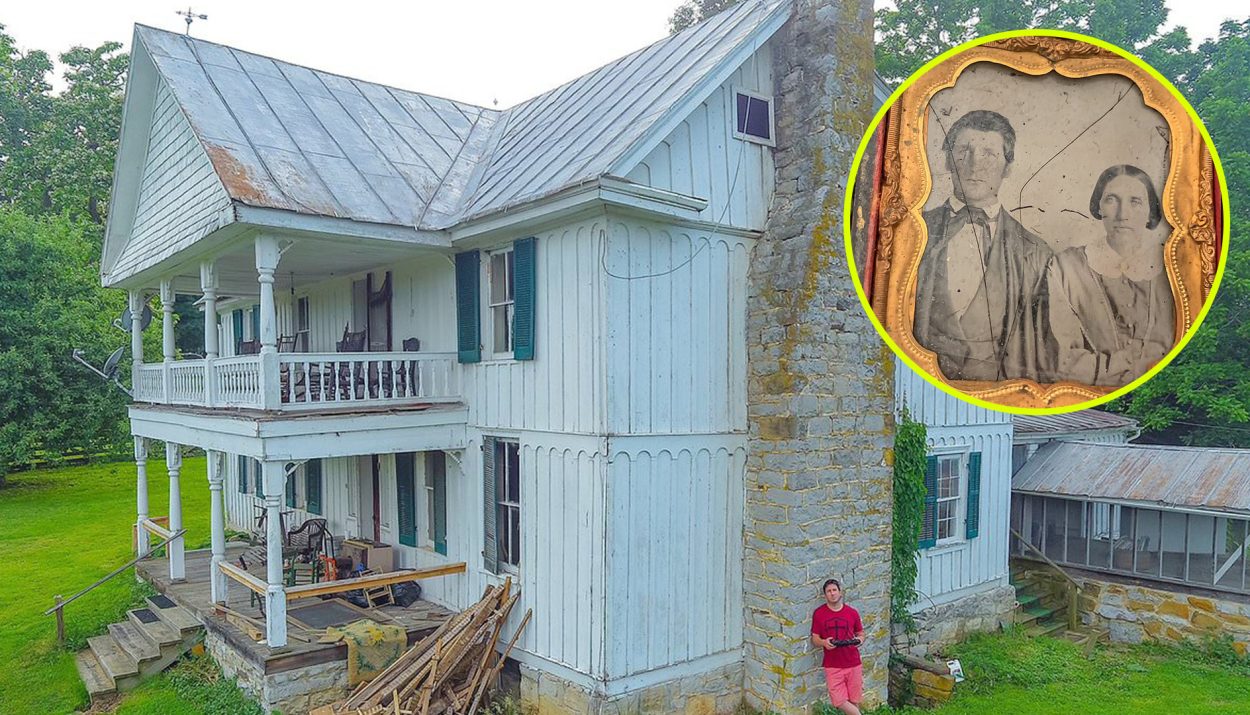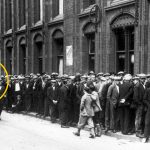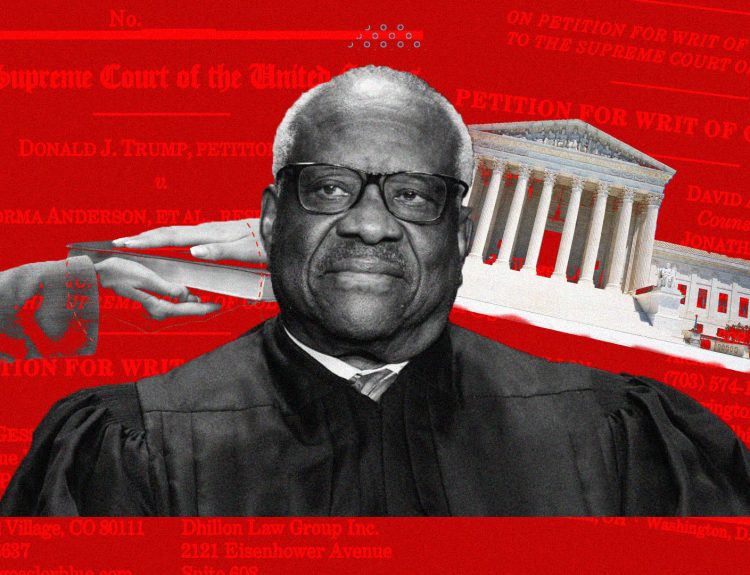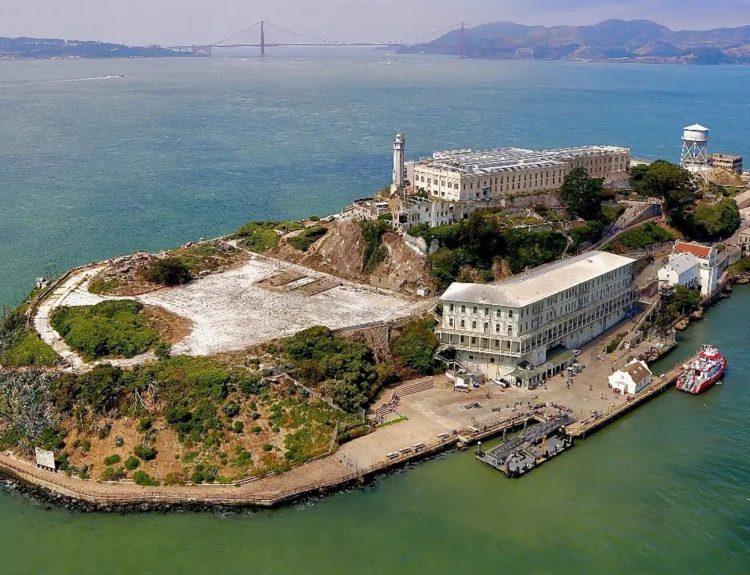Buying a home can be a somewhat nerve-wracking proposition, particularly in areas with centuries of history. One man in West Virginia was recently faced with the reality of said history when he went investigating in the walls of his home, and found a stunning surprise.
A Hunch on History
John Bryan, a 43-year-old lawyer from a small town in West Virginia, has always been a history buff and self-described amateur archaeologist. In 2019, he was looking for a new home to purchase and had a hunch about a large farmhouse that was for sale.
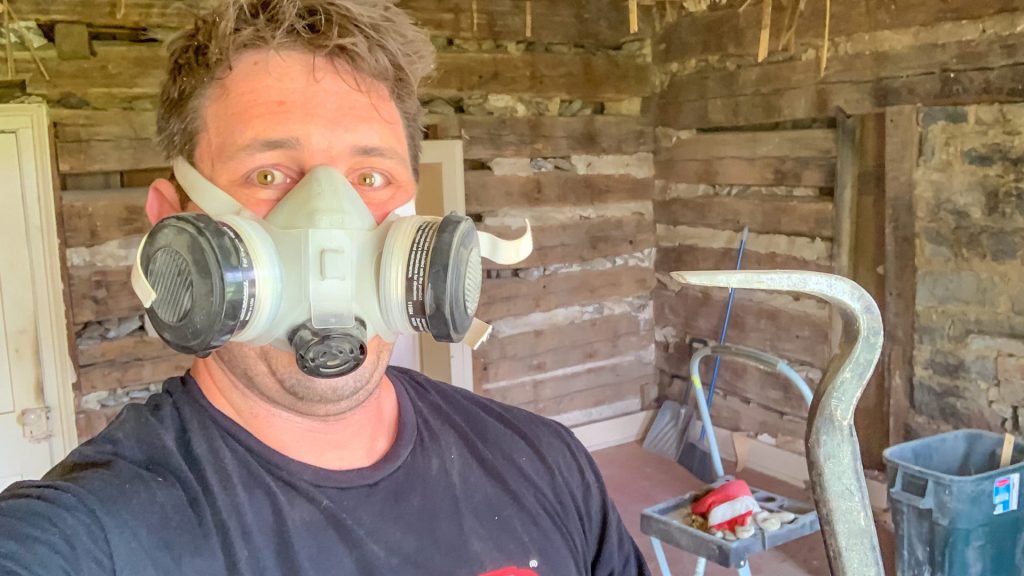
Due to the location of the farmhouse and the way that it was constructed, John had a suspicion that it was possible the walls of the farmhouse were hiding a historical element. He had to purchase the house before his suspicions could be confirmed, and after the same was finalized, he got to work.
Remnants From The Revolutionary Era
John believed that the building was the remnants of a pre-Revolutionary Fort that was known as Byrnside Fort, named after the name who first built it. It was built in 1770 by James Byrnside, who reconstructed the cabin after his original home was burned down by Shawnee Indians in 1763.

The new fort stands on the same spot as the original home, which also goes by the name of “Willowbrook.” It is located in Monroe County, West Virginia, and is believed to have been an important location leading up to and during the Revolutionary War.
Byrnside Was an Important Figure
Records reveal that James Byrnside first came to the area in the 1760’s, though he left again after the fire burned down his first home. He returned again in either 1769 or 1770, staying at the newly built fort that had been constructed on the land of his first home.
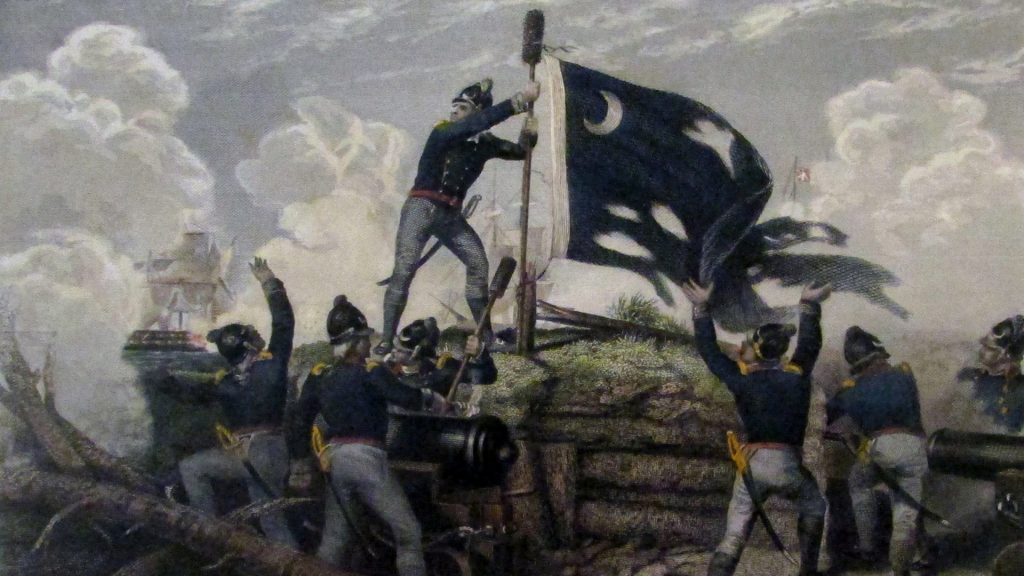
The fort was clearly an important location in the area, as five applicants are on pension paperwork for the fort between 1776 and 1781. Paperwork places John Byrnside as a Captain of this area, and reveals that he had an integral role in raising troops for the revolution in the late 1770’s.
An Important Location
The fort also was used as a stopgap during the latter part of the Revolutionary War, after the Declaration of Independence was signed. Records reveal it as a place of rendezvous for various commanders and captains of the time, and provided shelter to commanders and important revolutionary figures when necessary.
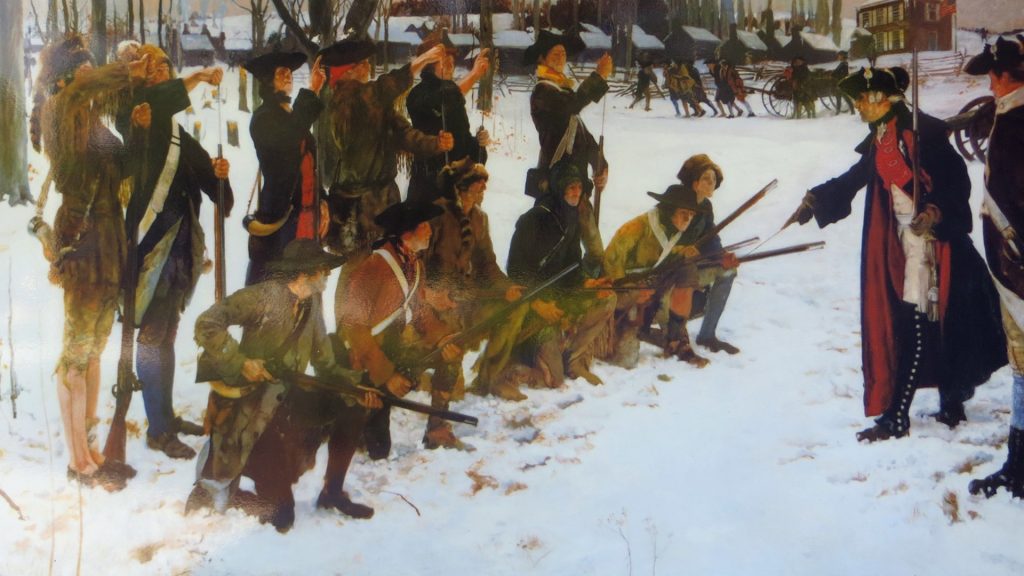
While there isn’t a lot known about James Byrnside himself, it’s clear that he was an important figure to the revolution, and took care of Byrnside Fort while it was in use. It had to be repaired from militia damages at least once during its use as a strategic fort, and even after the revolution, it stood and underwent changes.
The Initial Build Was Expanded on, Multiple Times
The initial cabin that made up Byrnside Fort in 1770 was a small building, built by six different families. However, by 1855, the building was expanded and built upon and turned into a 2 and a half story, five-bay dwelling that had an attached two-story rear wing.

The building was done in the Gothic revival style, and more renovations in 1900 added a porch to the front of the dwelling. There’s also a contributing smokehouse on the property, likely from the initial build of the home.
The Cost of Modern Progress
As with many things, though, modern progress covers history and tries to make it shiny and new. The renovations in the 1850’s covered up all of the original features of the home, but the location of the building and the sparse records were more than enough for John to have a hunch about what the home he was buying hid.
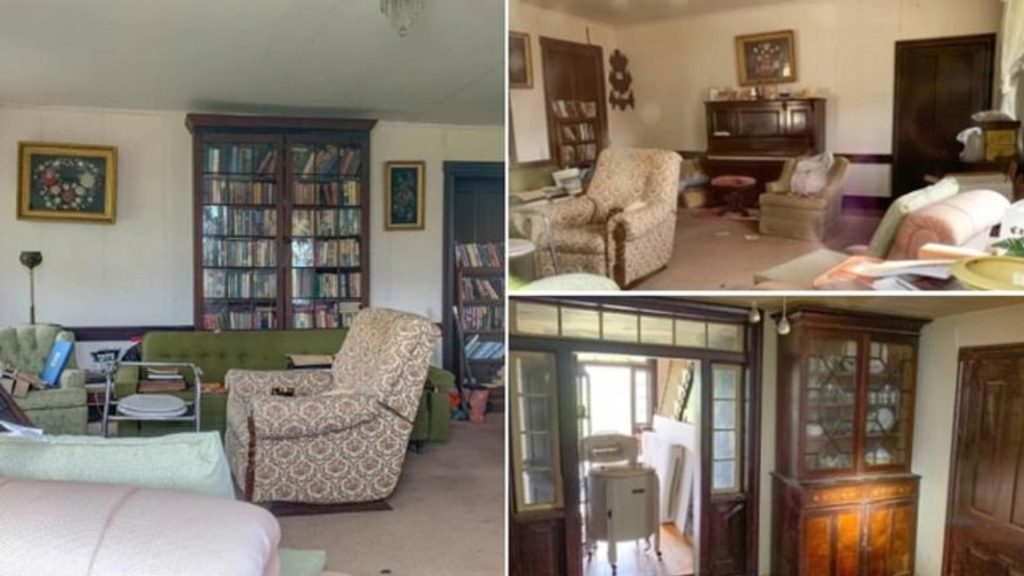
After he purchased the home, he began to make a plan to discover if the plaster walls still hid the original log planks that made up the revolutionary-era fort. It required some destruction and perseverance, but it was a project that he was more than willing to take on.
Metal Detecting Can Be Historical
John’s fascination with history is what first led him to seeking out the Byrnside Fort. He first discovered the potential of the fort in 2019, after a friend with a metal detector received permission for them to explore the old plantation farm that the house was built on.
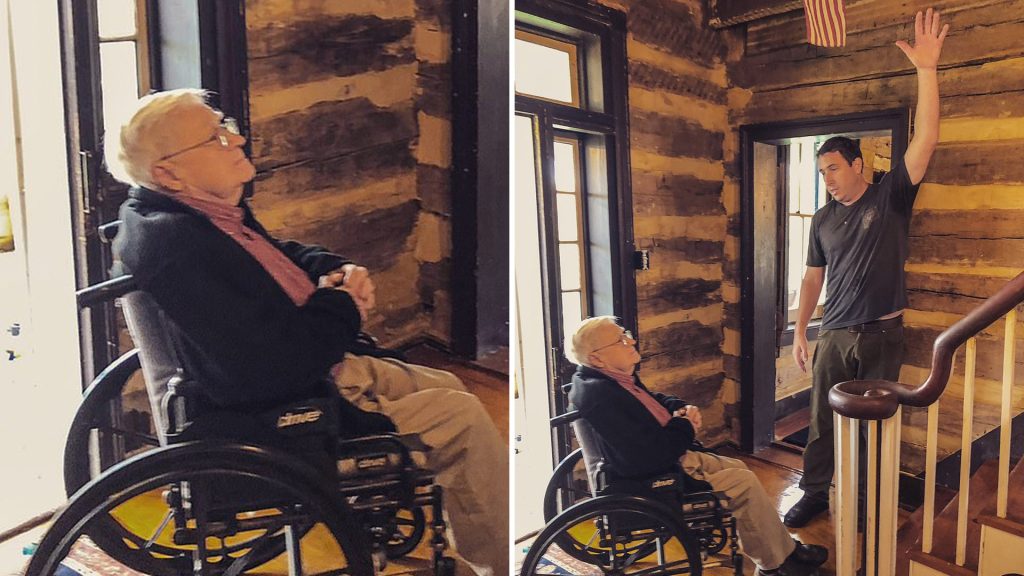
At the time, the house was occupied by an old lady who was very private, and wouldn’t let anyone into the house. Still, there was something fascinating about the property, and after visiting the plantation John knew that he needed to research and dig a little deeper.
Byrnside is the Only One Left
The Byrnside Fort is also unique in that it is the only one of its kind left standing. Dozens of little buildings were built during the pre-revolutionary era and used as forts during the war, but the rest have all been destroyed over the years, either by natural disaster or man.
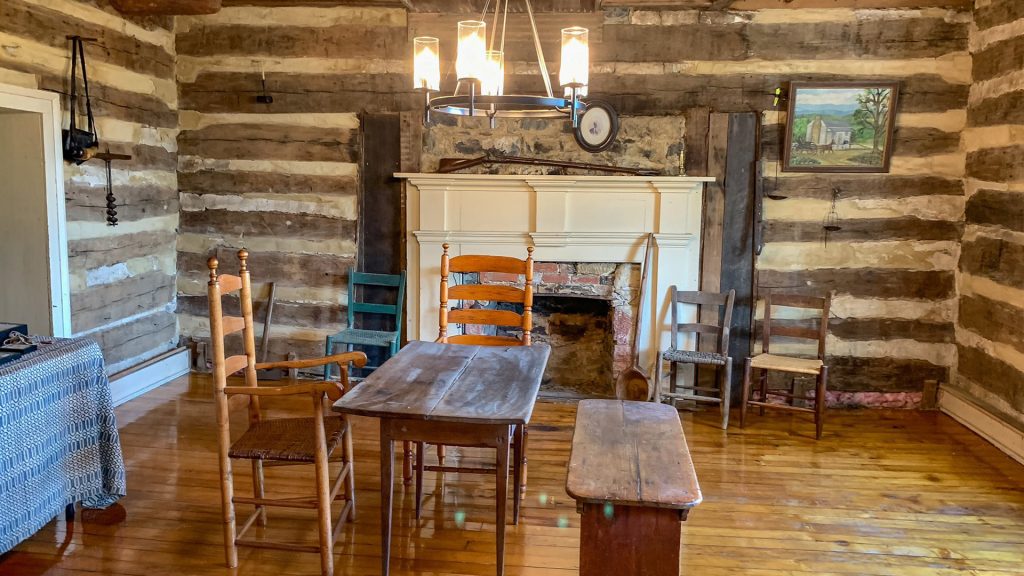
For history buffs like John, tracking down these old forts is not only a hobby, but a bit of an obsession. Many of the forts don’t have records attached to them, and even when they do, the locations are obscured and there are no landmarks that indicate where they once stood.
John Negotiated a Price
Admittedly, John didn’t know the significance of the home until he got to see it up close and personal. The three-foot walls of the home tipped him off that there was something hidden within the contemporary structure, and he was determined to find out what.
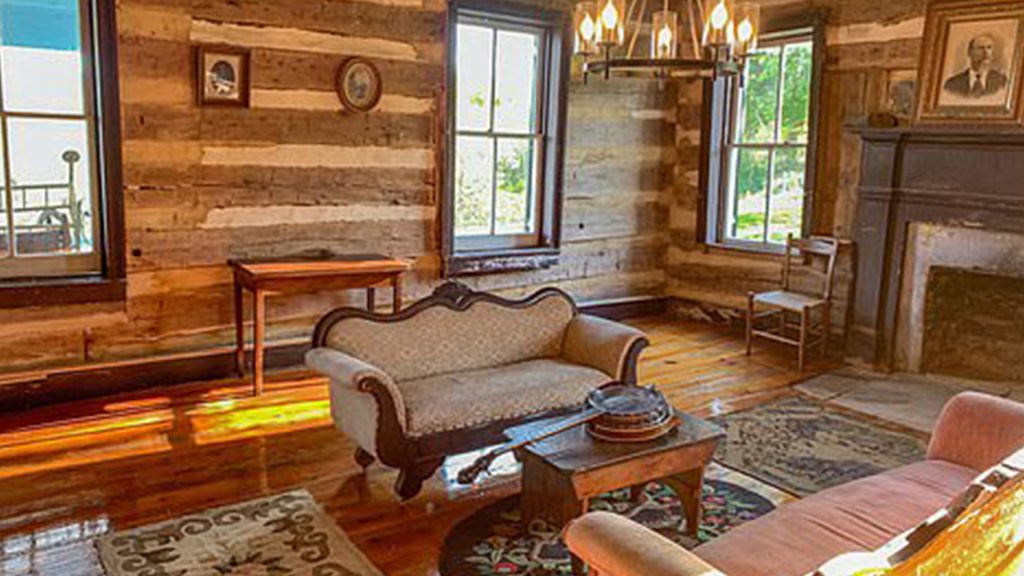
At the time, he learned that the property had been purchased by another lawyer. The lawyer was interested in farming the land that the house was on, but had no use for the house. With that knowledge, John reached out to the lawyer and negotiated a deal that allowed him to take possession of the house and five surrounding acres of property.
John Started Work On the House
As soon as the sale was finalized, John got to work. In an interview, he stated that five minutes after he was handed the keys, he headed into the house with a crowbar that he took to the second story.

Once he was there, he whacked a hole in the wall of the cabin, breaking through the thick plaster that made up the walls. It was there that his hunch was proven correct, and the original logs that made up the cabin were revealed.
The Renovations Were a Huge Undertaking
What John didn’t know when he purchased the property was exactly what a huge undertaking that renovating the property was going to be. The nineteenth century renovations that he was attempting to undo were extensive, and the project took three years to complete.

In an interview, John admitted the project was much larger than he had thought that it would be when they first started. Simply dismantling the renovation work that was done in the nineteenth century was a great deal of physical labor, especially because the renovations could only be done during the weekend.
An Amazing Discovery Hidden in the Walls
In the process of taking down the plaster and restoring the home to its former glory, John discovered something incredible. Belongings from the former owners of the home, all the way back through the owners in the nineteenth century.

John found generations of family photos hidden in the walls of his new home, some dating back to pre-Civil War photography on silver plates. This would have been incredible enough, but the photos were not the only thing that John found in his renovations of the house.
A Nineteenth Century Piano
In purchasing the house, John also inherited an old piano that had been in the house for decades, sitting in the same place against the wall that it always had. Along with the pictures, he found a receipt for the piano dated 1896, for $200 – or $7500 today.

The piano is one of the more obvious finds of the house, but John wasn’t done there. As he continued renovations, he found more items. Shoes, military buttons, a black silk Victorian mourning dress. The house was a trove of treasures, and John diligently documented all of them, keeping track for posterity.
Keys to the Sword
One of the more unique finds that John uncovered in the house was a metal key in an envelope, whose only clue as to what it belonged to was the words “Keys to Major Samuel Clark’s Sword Case.” John hunted and searched, but no matter the amount of plaster he peeled away from the walls, he couldn’t find a sword case.
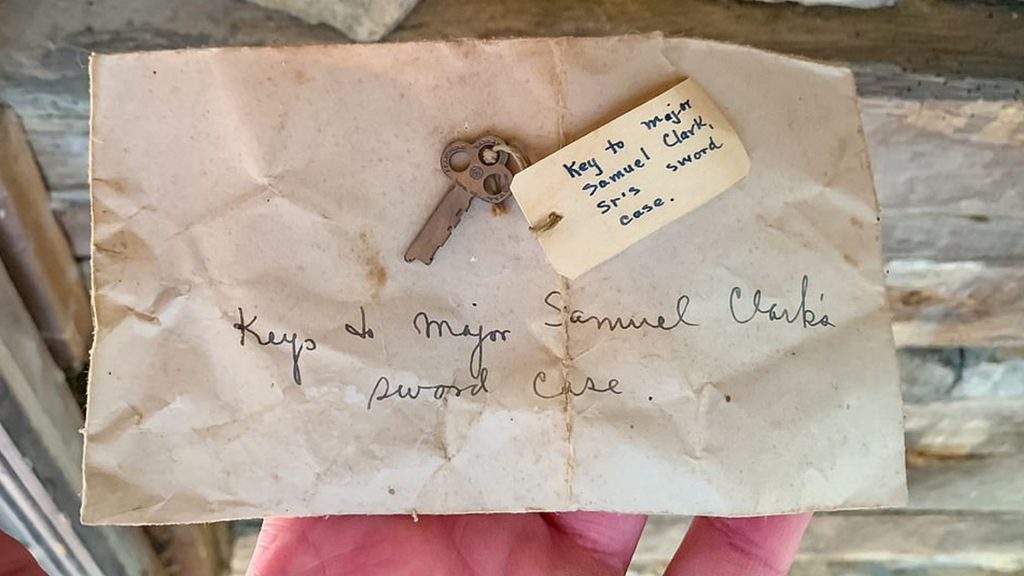
It wasn’t until he posted pictures of the keys on Facebook that someone commented with a clue. A local resident informed him that the keys matched a sword case that had been hanging inside a local masonic lodge for years.
The Sword Case Opened Right Up
Sure enough, when John took the keys to the lodge that the commenter indicated, there was a sword case bolted to the wall. It had been there for years, but when he asked the owner, they told John that nobody had ever known where the keys to the case were.
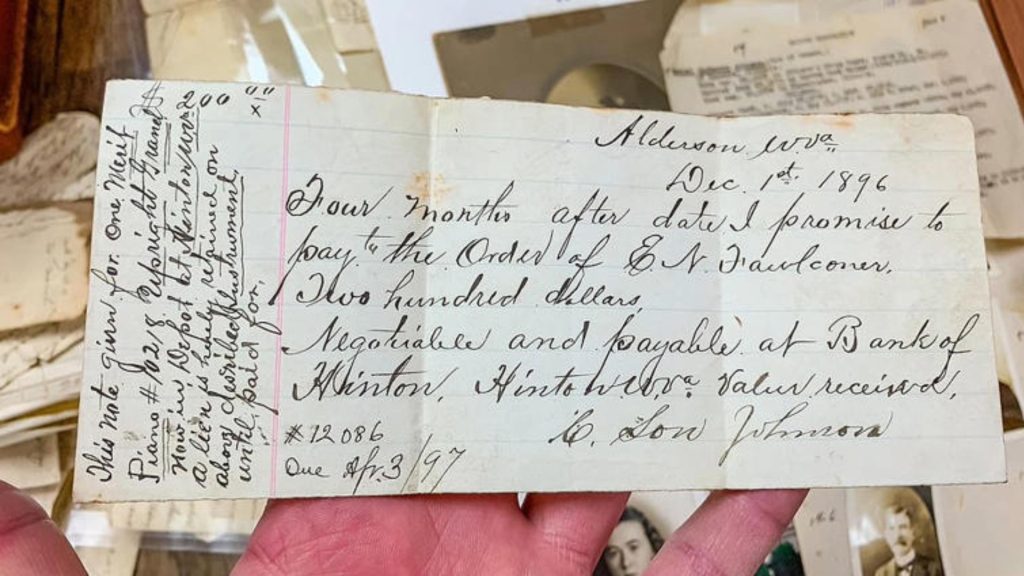
When he tried the keys, the sword case opened right up, revealing another piece of history. The sword itself was a gift to Major Samuel Clark for his efforts in the War of 1812. He was a direct ancestor of the former owner of the home, and she had donated the sword case to the masonic lodge as a historical gift.
Metal Detecting in the Yard
John didn’t just look for treasures inside the house, either. He and his friend used the metal detector that had started the entire adventure to go hunting through the yard, and there they found even more historical artifacts to log.
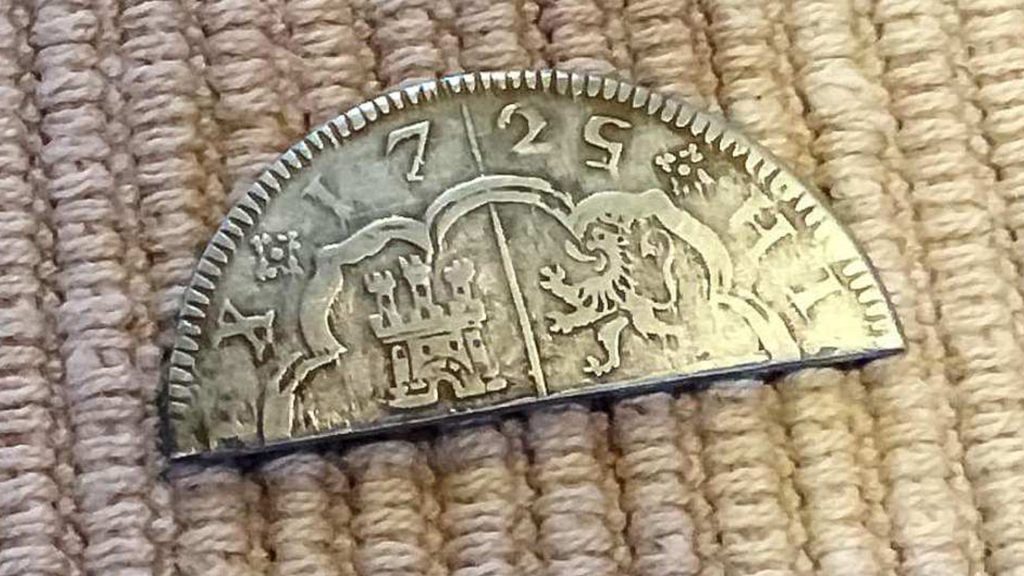
On the property, they found various coins and other metal pieces that had been sitting in the dirt for centuries. Among them was a Spanish silver coin from 1725 that had been cut in half “to make change.” These coins were a preferred type of currency for settlers at the time, making the coin a remarkable find.
Some Unsettling Discoveries, Too
Not all of the discoveries that John and his wife made during their renovation were exciting, though. Over the course of centuries, it’s expected that there would be some remnants left from previous owners that would be unusual, or maybe even frightening to a modern audience.
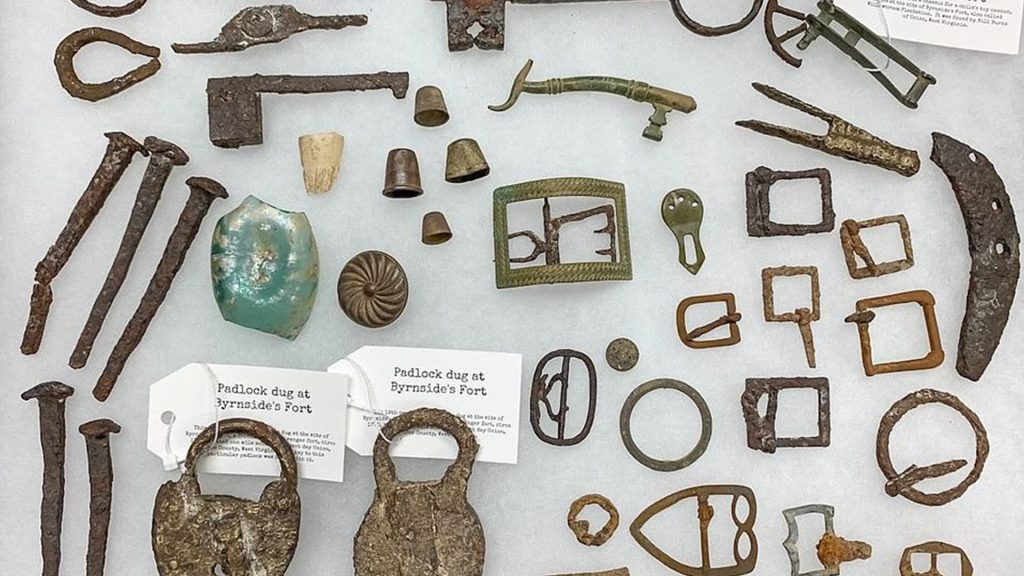
One such discovery – a rather unsettling one – that John and his wife made was a trunk of old dolls that had been melted at one point or another. Another odd discovery was a collection of spent rifle balls, which in conjunction with the melted dolls, John believed may have been leftover from the fire that destroyed the original Byrnside Manor in 1763.
History that Can Be Touched
Beyond the discovery of all the artifacts, the renovations of the home are stunning. John knew that it would be a unique property to work on, not simply because it was one of its kind. All other properties of the kind are gone, but for the Byrnside Fort, you can touch the original walls and plaster that were built centuries ago.
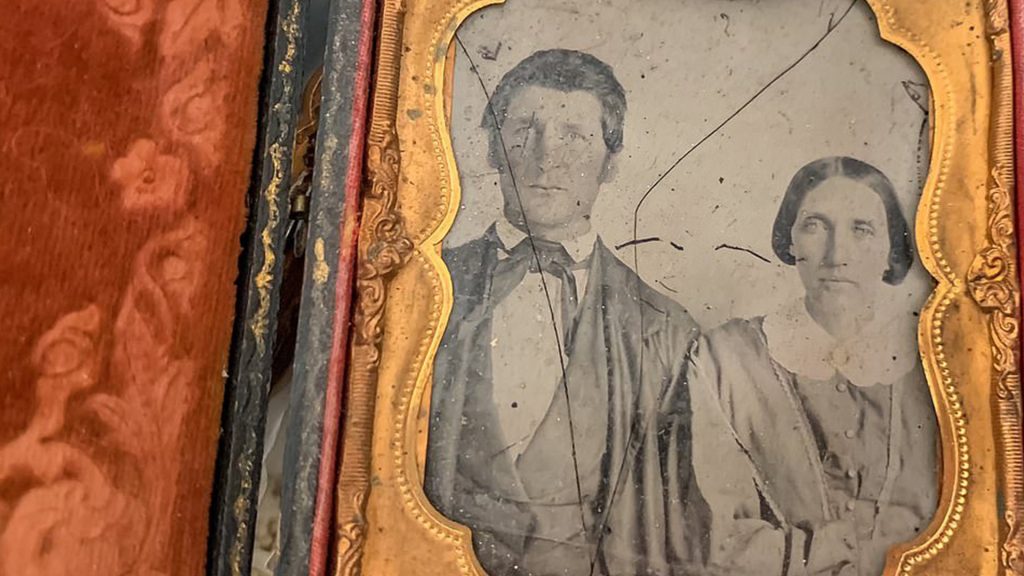
It could be a heavy burden, but it’s one that John bears with ease. In his posts about the renovations, he says what an incredible privilege it is to be able to work with such a tangible part of history, and he’s more than willing to do the work to preserve it.
John Researched the Family
In doing research into the artifacts and the photos that John found on the property, he discovered that the house had been in the same family at least since its renovations in the 1850’s. Three generations of the same family had lived in the home, with the most recent owner being a direct descendent of the Johnson family who original purchased the home.
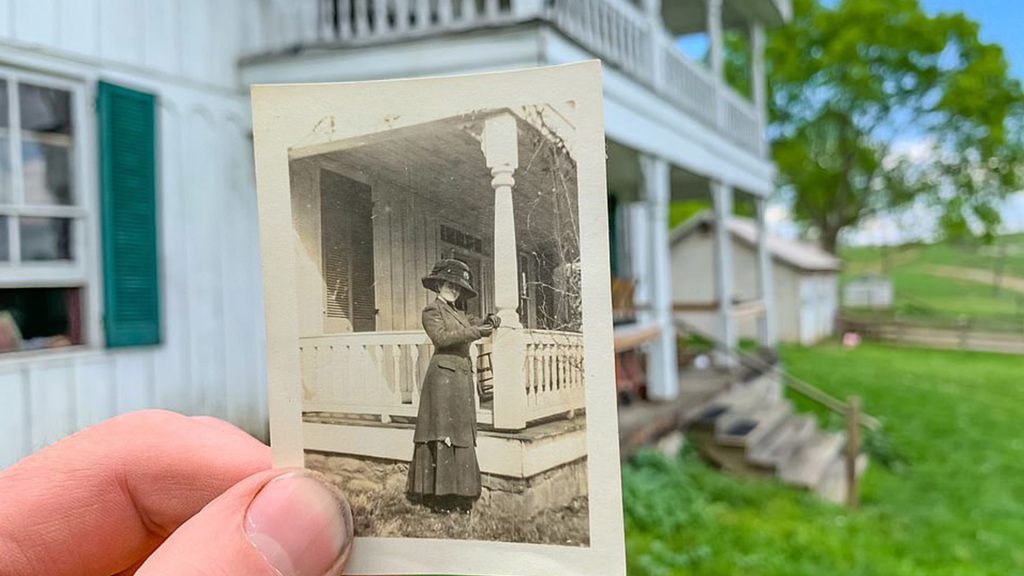
This offers an explanation for the number of artifacts that John found in the house. He had unknowingly purchased not only a piece of history, but the remnants of someone’s life. There’s always the risk of running into someone else’s life when you buy a home, but John’s case is something special.
Ongoing Renovations
John’s renovations of the house are ongoing, and his exploits have attracted the attention of the internet and history buffs alike. The Byrnside Fort is listed on the National Register of Historic Places, and has been since it was added to the list in 1991.

John understands the importance of what he is doing, and has continued to document his journey in renovating the house for interested parties online. It’s a fascinating journey that is, no doubt, just beginning, and it’s guaranteed that the Byrnside Fort is hiding even more secrets to find over the coming months and years.

